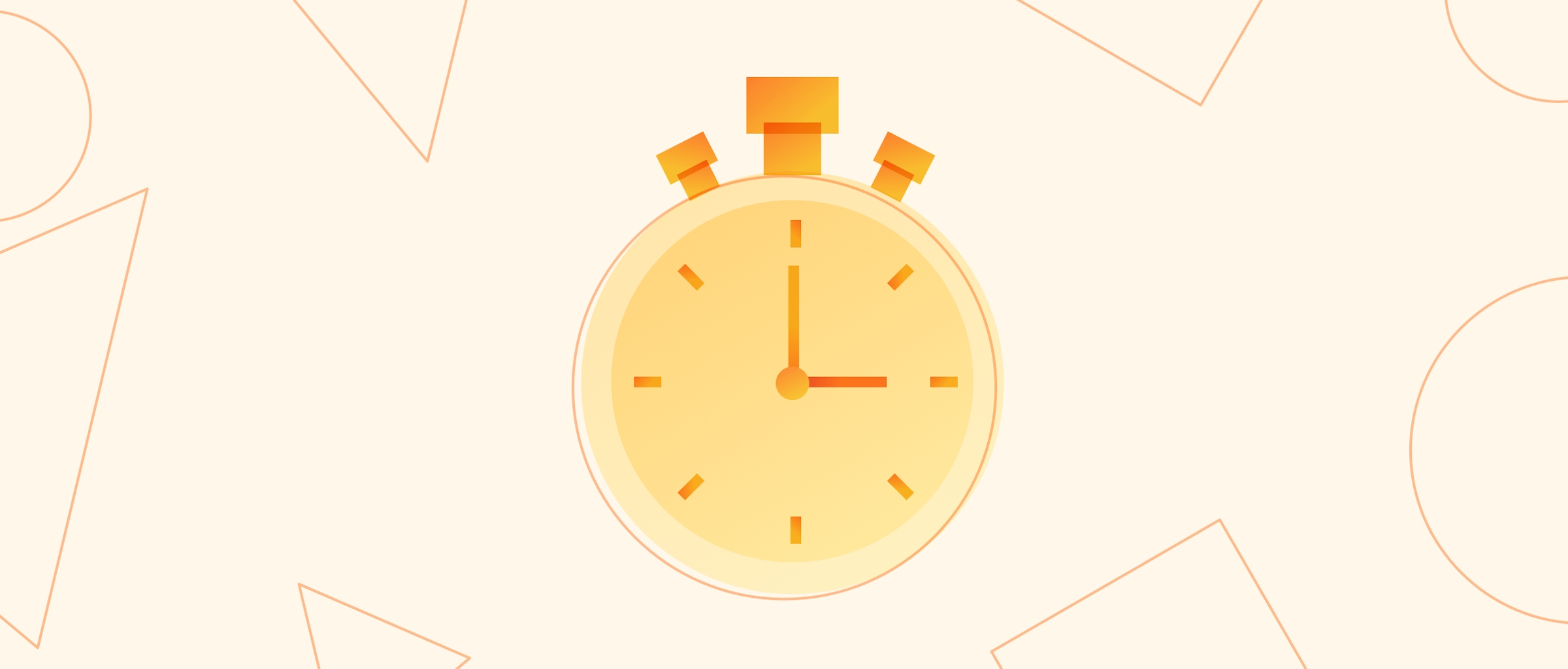
In the fast lane: What are design sprints, and why should you run them?
We talk design sprints with the team at New Socks Media and discover the benefits they bring to the design process
Imagine going from a blank page to a user-tested prototype in less than a week. Sounds unbelievable, right? But learn how to run a design sprint, and it could revolutionize your creative process.
To find out more about the power of design sprints we spoke to two Sketch Ambassadors from creative digital agency New Socks Media — director Jeremy King, and UI designer and design sprint facilitator Nicole Bartlett.
So, how do New Socks interpret the design sprint process? The original approach was defined as a five-phase process, but Jeremy reveals that they do things a little differently. “At New Socks, we use the newer (Jake Knapp approved) four-day process as we find it works much better for us and our clients.”
With one day fewer than the original design sprint process, it’s more condensed but still similar in structure. The team at New Socks still gets to understand the challenge, come up with solutions, design, prototype and test — but with a day to spare. “On day one we collectively understand the challenge and come up with goals for the sprint. On day two we come up with solutions and vote on the best ideas to take forward. The third day is all about rapid prototyping using Sketch — our designers bend space and time to prepare for user testing. On day four we test the prototype with five users and collate our feedback for the sprint team.”

The team votes on the best ideas to take forward to prototyping day
Using the four-day process means that New Socks need to do a bit more planning and get a time investment from all involved, including stakeholders. With such an intense process, it might seem like a sensible option to divide up the days across two or three weeks — but Nicole warns against it: “If you split the sprint over multiple weeks, you run the risk of losing momentum.” It seems sticking with a single four day stretch leads to a much more coherent experience, and a better option for stakeholders. “You only need the whole group for the first two workshop days, which is less of a time commitment for the very busy stakeholders involved.”
Apart from the sprint facilitators, it’s vital to have a decider within the team
With four days of intense endeavor ahead, who should be involved in the design sprint? There are a host of roles that need filling, and they come from both inside and outside of the agency. “Apart from the sprint facilitators, it’s vital to have a decider within the team,” Nicole reveals. “This is someone with a stake in the project who is prepared to make the tough decisions on behalf of the group.” Working alongside the all-important decider will be a number of team members to help the process reach a conclusion. “The rest of the group can be made up of stakeholders, project managers, employees from the organisation, and of course designers for prototyping day. In our internal team we have three people — two facilitators and a designer.”
People power
Time is a precious asset for an agency and a design sprint that brings obvious benefits in a short space of time is a real plus point. “How often can you really say that you got user feedback on a potential challenge in just four days?” Nicole muses. “Usually, teams spend weeks, if not months, going round in circles conceptualizing solutions, only to find out their ideas didn’t quite hit the mark with their target audience.” The beauty of the sprint process is that, if it doesn’t quite work out as expected, you haven’t wasted too much of that precious asset — time. “Design sprints give you answers in one working week. If your team nailed it on the first try — great. If the idea missed the mark, at least you only spent four days figuring that out!”
Usually, teams spend weeks, if not months, going round in circles conceptualizing solutions, only to find out their ideas didn’t quite hit the mark with their target audience. Design sprints give you answers in one working week.
If this all sounds like something you want to try yourself, you’re in luck. The team at New Socks have years of experience running design sprints — and they’re happy to share some tips and advice for people thinking of running their own. “Whenever you’re facilitating any kind of workshop, being organised and enthusiastic is a great start,” Nicole explains. “If you know the exercises inside-out and keep the energy levels up within the group, you’ll get the most out of everyone in the short space of time you have together.”
But it’s not just a strong knowledge of a subject that gets a team ready and raring to go. ”We offer people a variety of snacks on day one, listen to what they like and deliver more of those on day two.” Little touches like these can help boost people’s morale. It’s also important for people to have some fun during the sprint — warm up exercises and even props can help get people in the mood to work. “We’ve been known to give the decider a viking helmet, which causes even the toughest of characters to crack a smile.”
The more enjoyable and fun the process is, the more relaxed a team will be. And the more relaxed they are, the more ready they’ll be to take on new challenges and ideas. “Our top tip would be to make people comfortable and enjoy the time they’re going to spend with you.” Getting people to buy into the process is one way of getting the best out of the team. “This may not be like their normal job and making it a bit of fun keeps everyone engaged — the more people that are engaged, the better the outcome.” One simple way to do this is note what people are responding to best. “Run your own tests to see what works for you and the team you’re working with.”

Together, the sprint team completes creative exercises to help unlock ideas
Remote design sprints bring different challenges to your typical in-person sessions. But to be successful, the process doesn’t need to stray too far from the standard template. “We run our remote sessions in a very similar manner to our in-person sessions, in terms of which exercises we use,” Nicole explains. “We still come together as a group to understand the challenge, come up with solutions, build a prototype and test it with users. But we do use different tools when working remotely. We set up all of our exercises using the digital whiteboarding tool, Miro, which our sprinters really enjoy using once they get the hang of it.” But running remote sessions are not quite as straightforward as office-based sessions, as Nicole quickly points out. “Remote sprints take a little more prep work, but you can achieve the same results and they can be just as rewarding.”
Measuring success
A lot of hard work goes into the design sprint process, and they bring plenty of clear benefits. But how do you measure whether your sprint has been a success? “On the first sprint day, the team votes on sprint questions and a goal for the project. The sprint questions give us a focus for the week. We can then measure the success of the sprint by answering those questions in the user testing sessions,” explains Nicole. “For example, one question might be whether you can get users to sign up to a newsletter from the homepage. If most of the user testing subjects signed up, you know the answer is a resounding yes.”
Straightforward answers to a question are nice and easy to measure. But even if you’re not getting the answers you want from the process — because it doesn’t go as expected, for example — that doesn’t mean it’s been a failure. “Equally, you can have a successful sprint if your user testing sessions don’t go to plan. Getting clear answers to a hypothesis in such a short space of time is positive in itself, even if they aren’t what you expected,” Nicole continues.
But it’s not all about answering questions. People have a big part to play as well. A client’s thoughts can bring a fresh perspective to the design team — and the team has the satisfaction of knowing that they have given something back to the client. “We also measure our success based on the feedback we get from our clients. Yes, the final result and answering the sprint question is most important, but working with people who have never been through a process like this and changing their perception from day one to day four is very rewarding.”


